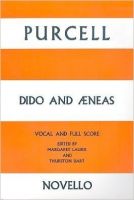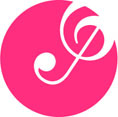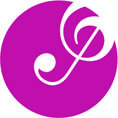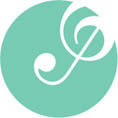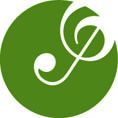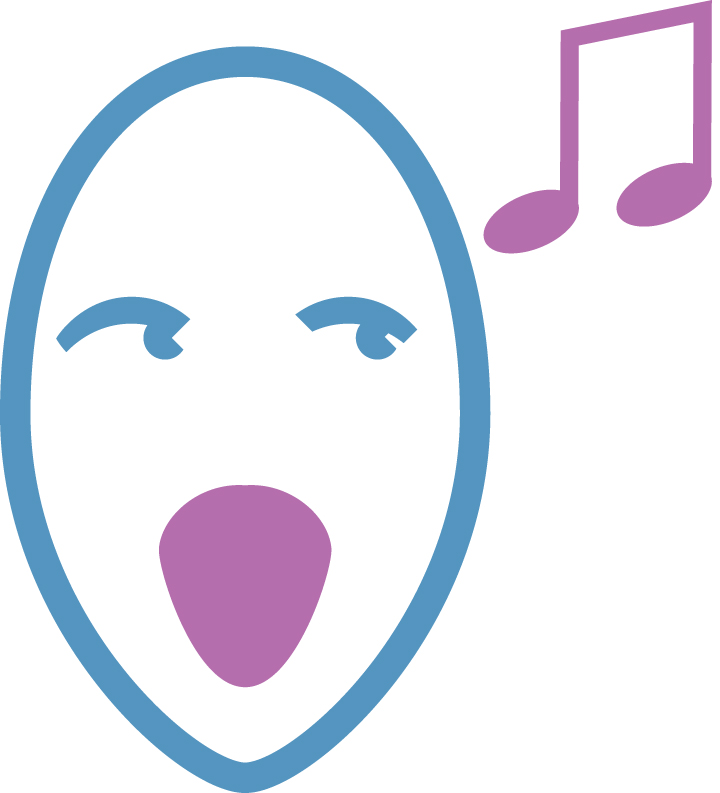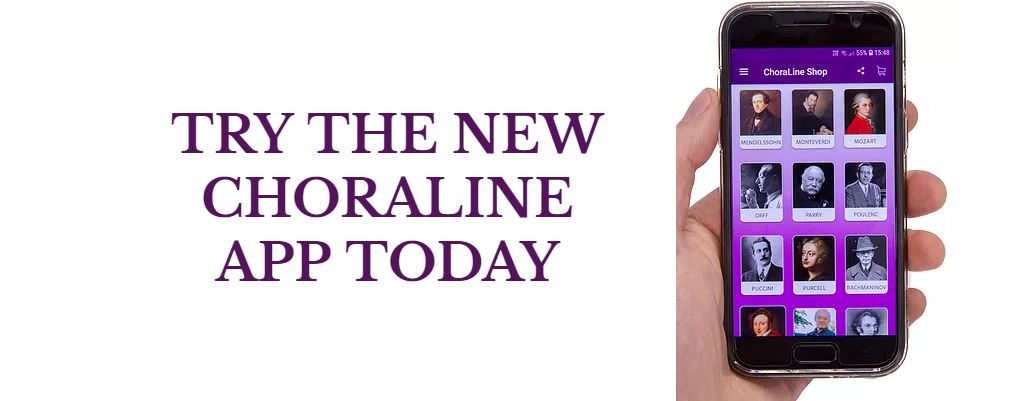Dido and Aeneas (Z. 626) is an opera in a prologue and three acts by the English Baroque composer Henry Purcell to a libretto by Nahum Tate. The first known performance was at Josias Priest's girls' school in London no later than the summer of 1688. The story is based on Book IV of Virgil's Aeneid. It recounts the love story of Dido, Queen of Carthage and the Trojan hero Aeneas, and her despair at his abandonment of her. A monumental work in Baroque opera, it is remembered as one of Purcell's foremost theatrical works. Dido and Aeneas was Purcell's first (and only) all-sung opera and is among the earliest English operas. It owes much to John Blow's Venus and Adonis, both in structure and overall effect.
Prior to Dido and Aeneas, Purcell had composed music for several stage works including nine pieces for Nathaniel Lee's Theodosius, or The Force of Love (1680) and eight songs for Thomas d'Urfey's A Fool's Preferment (1688). He also composed songs for two plays by Nahum Tate (who was to become the librettist of Dido and Aeneas), The Sicilian Usurper (1680) and Cuckold-Haven (1685). Dido and Aeneas was Purcell's first (and only) all-sung opera and derives from the English masque tradition.
Originally based on Nahum Tate's play Brutus of Alba, or The Enchanted Lovers (1678), the opera is likely, at least to some extent, to be allegorical. The prologue refers to the joy of a marriage between two monarchs, which could refer to the marriage between William and Mary. In a poem of about 1686, Tate alluded to James II as Aeneas, who is misled by the evil machinations of the Sorceress and her witches (representing Roman Catholicism, a common metaphor at the time) into abandoning Dido, who symbolizes the British people. The same symbolism may apply to the opera. This explains the addition of the characters of the Sorceress and the witches, which do not appear in the original Aeneid. It would be noble, or at least acceptable, for Aeneas to follow the decree of the Gods, but not so acceptable for him to be tricked by ill-meaning spirits.
Although the opera is a tragedy, there are numerous seemingly lighter scenes, such as the First Sailor's song, "Take a boozy short leave of your nymphs on the shore, and silence their mourning with vows of returning, though never intending to visit them more." Harris considers the callousness and cynicism of the song to underline the "moral" of the story, that young women should not succumb to the advances and promises of ardent young men.
No score in Purcell's hand is extant, and the only seventeenth-century source is a libretto, possibly from the original performance. The earliest extant score, held in the Bodleian Library, was copied no earlier than 1750, well over sixty years after the opera was composed. No later sources follow the act divisions of the libretto, and the music to the prologue is lost. The prologue, the end of the act 2 'Grove' scene, and several dances, were almost certainly lost when the opera was divided into parts to be performed as interludes between the acts of spoken plays in the first decade of the eighteenth century.
The first of the arias to be published separately was "Ah, Belinda" in Orpheus Britannicus. The most famous aria of the work is "When I am laid in earth", popularly known as "Dido's Lament". Both arias are formed on a lamento ground bass. "Dido's Lament" has been performed or recorded by artists far from the typical operatic school, such as Klaus Nomi (as "Death"), Ane Brun and Jeff Buckley. It has also been transcribed or used in many scores, including the soundtrack to the HBO miniseries Band of Brothers (renamed "Nixon's Walk"). It is played annually (by a military band) at the Cenotaph remembrance ceremony, which takes place on the Sunday nearest to November 11 (Armistice Day) in London's Whitehall. The music is thought by some to be too simple for Purcell in 1689, but this may simply reflect that the intended performers were schoolchildren.
The work is scored for four-part strings and continuo. The fact that the libretto from the Chelsea School performance indicates two dances for guitar, the "Dance Gittars Chacony" in act 1, and the "Gittar Ground a Dance" in the 'Grove' scene of act 2, has led one scholar to suggest that Purcell envisioned a guitar as a primary member of the continuo group for the opera. Music for neither of these dances is extant, and it seems likely that Purcell did not compose them, but rather left them to be improvised by the guitarist. Several editions of the opera have been made and have been provided with a continuo realization; a notable, if rather idiosyncratic, edition being that made by Imogen Holst and Benjamin Britten. There are a number of editions with realizations, and the opera's accessibility to amateur performers is a feature that has greatly abbetted the growth of its popularity in the latter half of the twentieth century. While the Prologue's music has been lost and has not been reconstructed, several realizations of the opera include a solution to the missing ritornello at the end of the second act. Known to have been part of the score, it is now performed as a dance taken from other, similar works by Purcell, or invented outright in the same vein, to keep the integrity and continuity of the performance.
 Vocal Scores for Purcell's Dido and Aeneas
Vocal Scores for Purcell's Dido and Aeneas